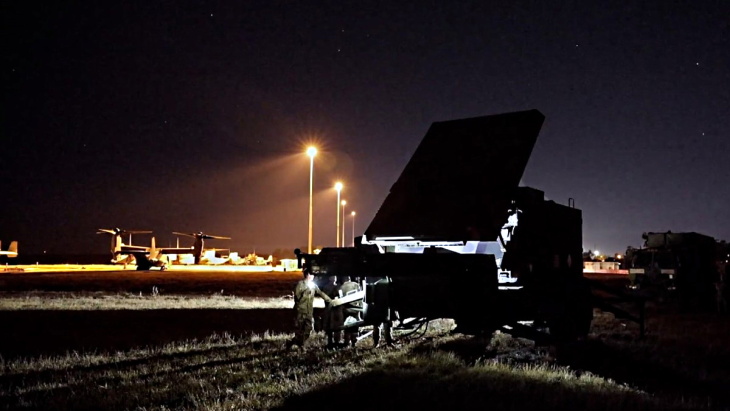The protocol was signed on 12 October at the Elysée Palace in Paris by Orano Chairman Claude Imauven and Erdenes Mongol CEO Sanjaagiin Narantsogt, in the presence of President Emmanuel Macron of France and President Ukhnaagiin Khürelsükh of Mongolia.
Pilot operations over 2021-2022 have already confirmed the economic, environmental and societal feasibility of operating the Zuuvch-Ovoo site, Orano said. The project has been developed by Badrakh Energy, the joint venture between Orano Mining and the Mongolian state-owned company MonAtom.
The joint Franco-Mongolian project will be based on international standards and best practices in terms of safety, security and the environment, setting a benchmark for the development of the industry in Mongolia, the French company added. It also said it is "committed over the long term, alongside communities for responsible mining with a development and cooperation programme in favour of local populations".
Imauven said the signature of the protocol "marks a decisive step" in a relationship with Mongolia that has been in existence for more than 25 years. "This cooperation will enable us to develop the uranium sector in Mongolia while furthering the Group's strategy of diversifying its mining activities," he said.
Agnès Pannier-Runacher, France's Minister for Energy Transition, said on X (formerly Twitter) that the agreement contributes to the diversification of French sources of supply. "This is good news for our nuclear industry and our energy sovereignty," she said.
Badrakh Energy's on-site pilot at Zuuvch Ovoo in the Gobi Desert took place from July 2021 to December 2022, to test uranium extraction by in-situ leach methods. The pilot produced 10 tonnes of natural uranium concentrate. Orano has previously said that, over a forecast 30-year mine life, the Zuuvch-Ovoo project has the potential to bring Mongolia some USD1.6 billion of direct investment over the life of the project as well as USD1 billion in tax income nationally and locally. According to Uranium 2022: Resources, Production and Demand - the OECD Nuclear Energy Agency and International Atomic Energy Agency's joint report, known as the Red Book - the deposit has 93,291 tU of resources at a grade of 0.022% uranium.
Mongolia has substantial known uranium resources, although no uranium has been mined there since the closure in 1995 of an open-pit mine at the Dornod deposit in the north-east of the country. The Dornod mine was operated by Russian interests, and produced 535 tU over six years of production. Ore from the mine was transported by rail to the Priargunsky facility in Krasnokamensk, Russia, for processing.

.jpg)



_69218.jpg)

_50545.jpg)
_28367.jpg)
_76087_55556.jpg)




